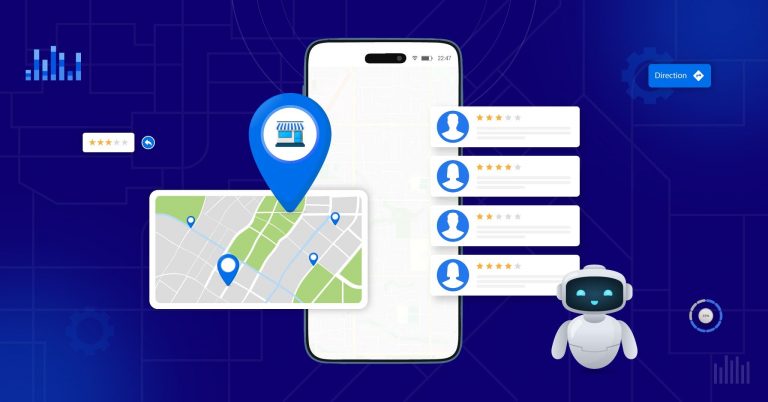Geo-fencing has long served as a foundational tool in location-based marketing. By creating virtual perimeters around defined geographic areas such as retail outlets, business districts, or competitor locations—brands have been able to deliver targeted ads based on a user’s physical proximity.
While effective in its early days, the traditional geo-fencing model is increasingly limited. As consumer behavior grows more complex and digital touchpoints multiply, proximity alone is no longer a reliable proxy for intent or relevance. Businesses now face the challenge of reaching users not just in the right place, but at the right time, with the right message—at scale.
This is where AI-powered hyperlocal advertising offers a strategic advantage. By layering context, behavior, and automation onto geo-fencing infrastructure, businesses can unlock a new level of personalization, precision, and performance.
The traditional approach to geo-fencing is linear: define a location, capture a user within it, and deliver a generic message. While this model supports basic location-based marketing, it overlooks several critical variables:
Without addressing these layers, messages risk becoming irrelevant or even disruptive. In many cases, businesses end up wasting ad spend on impressions that fail to convert.
AI changes this paradigm by enabling hyperlocal engagement that is context-aware, dynamic, and optimized in real time.
Artificial intelligence introduces the ability to layer behavioral insights, regional context, and real-time signals onto the traditional geo-fencing framework. Instead of serving ads simply based on a device’s proximity, AI-driven ad targeting dynamically adapts to campaigns based on audience segmentation and local variables.
This evolution allows brands to:
The outcome is a sharper hyperlocal advertising that is more relevant, more responsive, and significantly more effective.

With the right platform in place, AI-driven hyperlocal advertising can be deployed and managed at scale without traditional operational bottlenecks. At SingleInterface, this is achieved through a product-first approach that combines automation, data integration, and centralized control.
Key steps in the workflow include:
Whether managing 10 or 1,000 locations, this workflow ensures local relevance without compromising brand consistency or operational efficiency.
Scaling personalization often raises concerns around brand integrity. However, modern AI systems are built with robust governance frameworks that allow for both flexibility and control.
This includes:
The result is a content and targeting ecosystem that is not only intelligent, but also strategically aligned with organizational standards.
Traditional geo-fencing often offers limited visibility into campaign effectiveness beyond basic impressions or clicks. In contrast, AI-powered hyperlocal advertising enables granular performance tracking, including:
This feedback loop empowers marketing teams to optimize campaigns continuously, refine messaging based on insights, and replicate success across similar market segments.
Geo-fencing laid the groundwork for localized ad delivery. But in today’s dynamic environment, relevance is shaped not just by where a user is—but by who they are, what they’re doing, and what matters to them in that moment.
Artificial intelligence enables brands to respond to that complexity with agility, precision, and scale.
At SingleInterface, we believe that the next generation of hyperlocal marketing will be defined by platforms that combine intelligent automation with deep local context—delivering measurable impact across every touchpoint.
Looking to evolve beyond static geo-fencing and unlock smarter, high-performing hyperlocal campaigns?
Book a demo to explore how SingleInterface can help you scale with confidence.